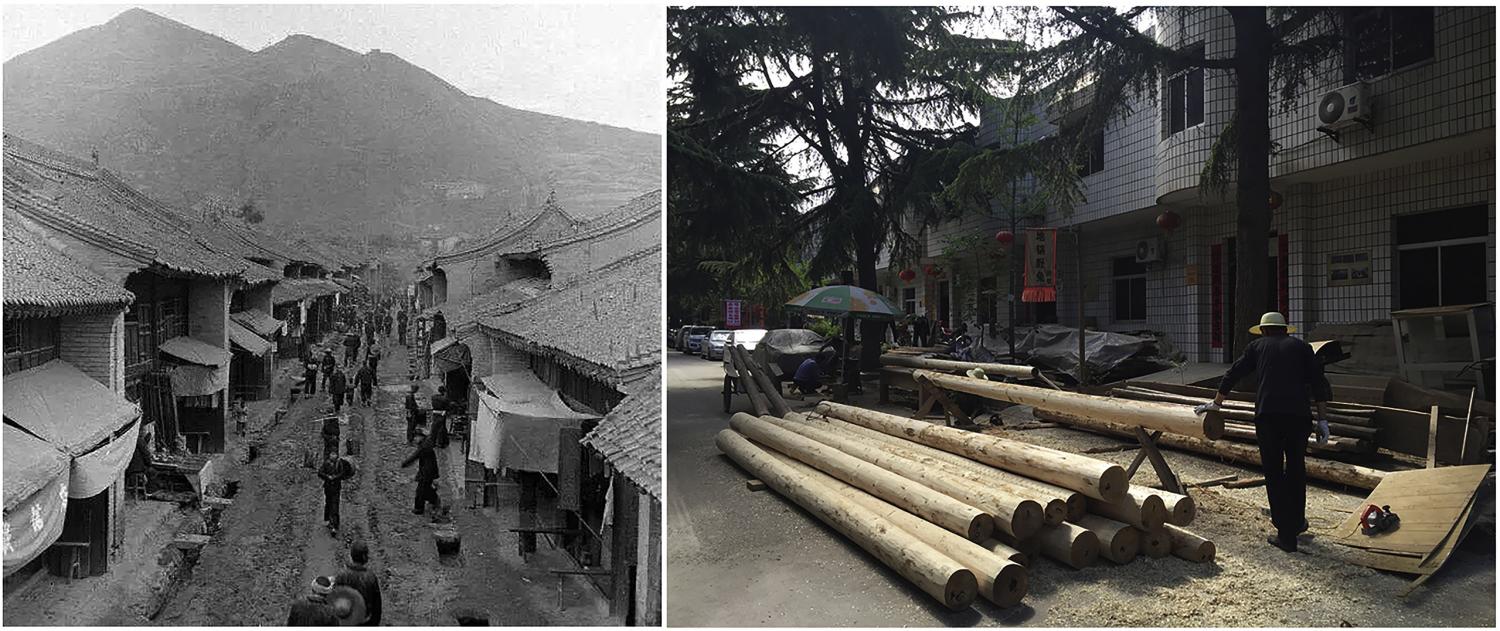
Elsevier, Tourism Management, Volume 63, December 2017
Increasing attention has been given to historically and culturally significant traditional villages in China in the past five years. Two key themes have been protection and usage. Rural tourism has been recognized as a key approach to rural development and poverty alleviation. Through a systematic knowledge review, this paper proposes an integrative and sustainable Rural Tourism-based Traditional Village Revitalization model to better understand the relationship between rural tourism and village revitalization. Integrated Rural Tourism and Sustainable Livelihood theory and ideology are integrated in this model. A case study of the village of Yuanjia reveals that the model's three levels (material, social and spiritual) are effective pathways for successful village revitalization. Village leader-led or elite-led development realizes endogenous and bottom-up development rather than a top-down arrangement. Farmer Cooperative is a relatively equitable means of benefit distribution and community participation in China.
